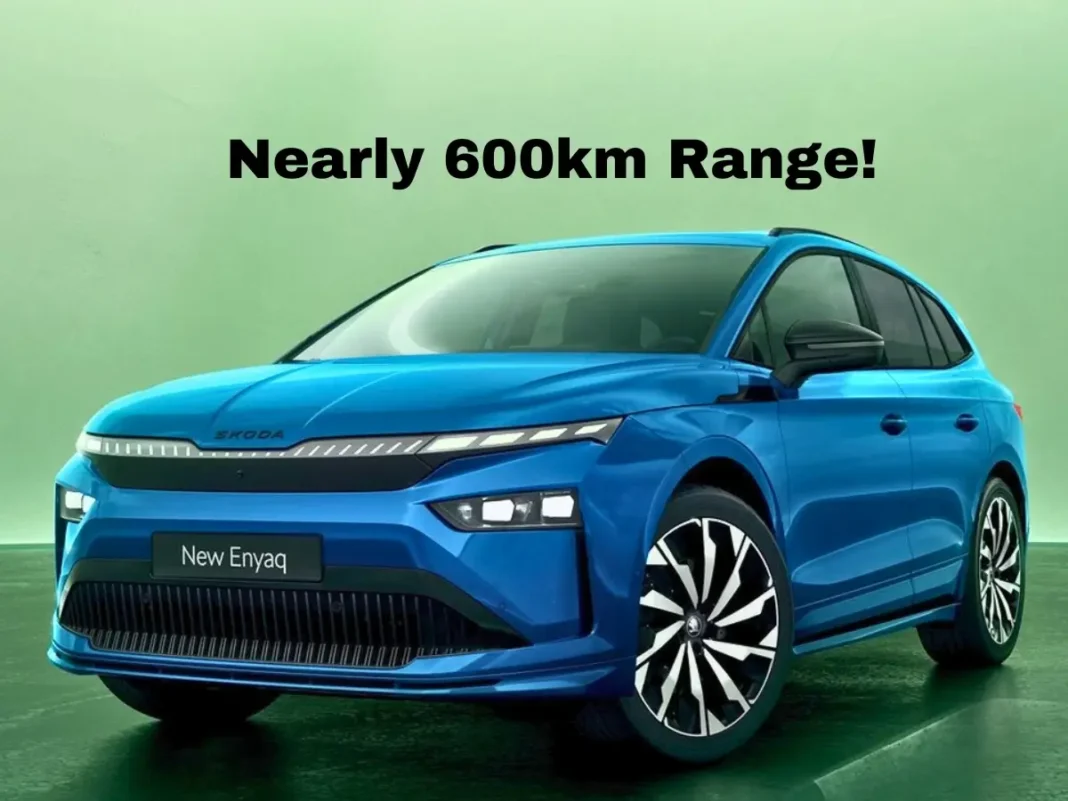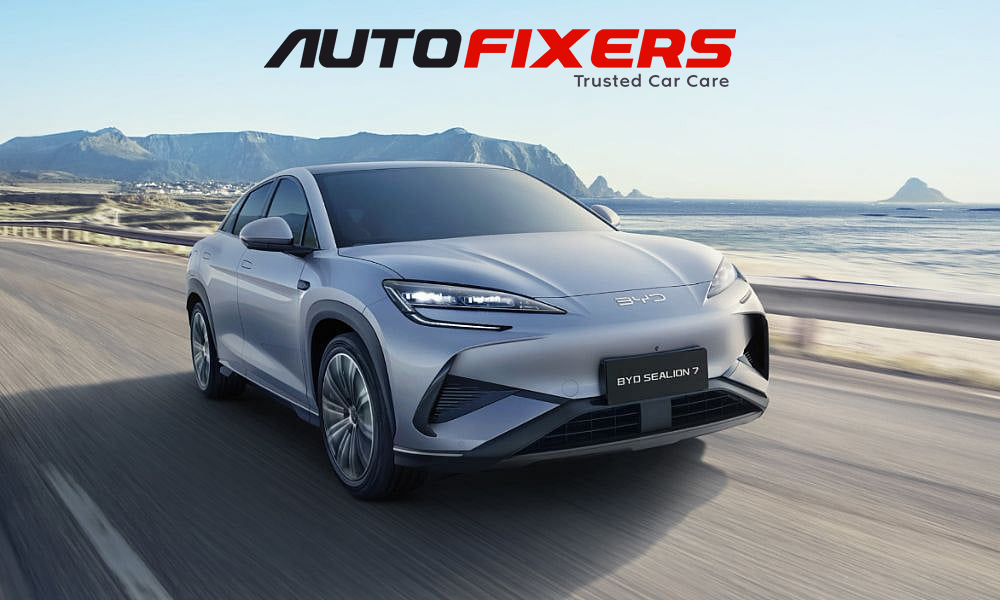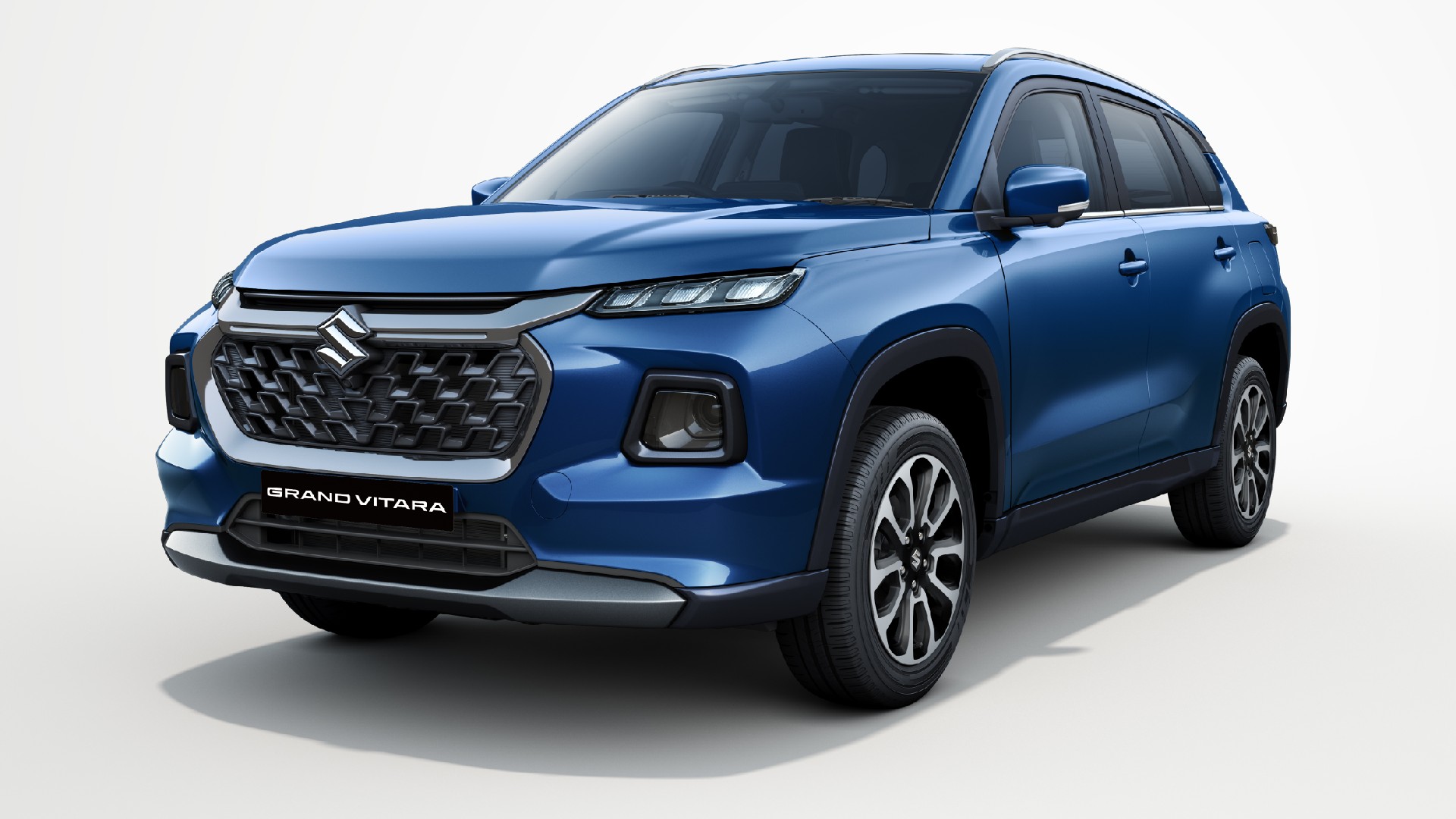
Tata Motors has made a pivotal move in its powertrain strategy by obtaining the license to manufacture and enhance Fiat’s 2.0-litre Multijet II diesel engine, utilized in the Harrier and Safari SUVs. This engine is produced under a license agreement with Stellantis by Fiat India Automobile Private Ltd (FIAPL), a joint venture between Tata Motors and Stellantis located in Ranjangaon. Tata Motors has been granted the rights to advance the engine, allowing the company to independently manage its utilization, modifications, and enhancements, while retaining the intellectual property rights (IPR) with Stellantis.
A representative from Tata Motors confirmed this development, stating, “Tata Motors Passenger Vehicles (TMPV) and Stellantis have signed a License Technology Agreement in Q4 FY25 that grants TMPV the rights to implement certain developments and technical modifications to the FAM B 2.0-litre diesel engine for its needs. This license encompasses developments/modifications necessary to comply with upcoming regulations. Additionally, it allows TMPV to pursue performance enhancements that will improve overall vehicle performance.”
- Tata can now upgrade the engine without licensing fees
- The 2.0-litre diesel could be offered in several tuning options
- Investing in upgrades for the Multijet engine is significantly less than developing a new engine
Benefits of Tata Acquiring 2.0 Multijet Diesel Engine Licensing Rights
Cost-saving upgrades to comply with emission norms and boost power outputs
The timing of this acquisition is crucial. With growing competition, the Harrier and Safari have been challenged by limited powertrain offerings. Gaining control over the 2.0 Multijet diesel engine enables Tata to upgrade the engine independently to satisfy future emissions standards and optimize power outputs. This flexibility is particularly vital as diesel engines, especially in larger SUVs, continue to enjoy robust demand even amidst the shift towards electrification. This licensing agreement effectively eliminates the hurdles and costs associated with external approvals and development.

Previously, any modifications or calibration changes had to go through Stellantis, incurring substantial costs. For instance, altering the ECU for calibration could result in expenses as high as 10 million Euros. Such high development costs limited Tata to a single calibration during the BS6 transition: a 170hp variant across both the Harrier and Safari. Introducing a second lower-output 150hp variant – a common practice in the industry to differentiate between variants – would involve additional costs for a second calibration, further restricting Tata’s flexibility compared to its main competitor, Mahindra.
Conversely, Mahindra utilizes its proprietary 2.2-litre mHawk diesel engine, providing a variety of calibrations and power outputs across models like the Thar, Thar Roxx, Scorpio N, and XUV700, even integrating multiple driving modes. Tata, however, lacked the opportunity to offer such options due to the constraints of its licensing agreement.
Tata Motors has long sought greater functionality from the 2.0-litre diesel engine. For the Safari and Harrier facelifts launched in October 2023, engineers were aiming to increase the engine’s output from 170hp to around 180hp to compete more effectively with Mahindra’s mHawk engine. However, any such power increase required approval from Stellantis, a process that proved both slow and costly. Tata’s frustration mounted as it became evident that involving Stellantis in the engine’s development was stymieing progress. The logical solution was to take control of the engine’s development internally.
By obtaining complete rights to the engine, Tata Motors can now recalibrate the ECU freely, unlock new power outputs, and pursue future compliance upgrades without relying on third-party costs or restrictions.
Jeep Compass and Meridian to continue utilizing the 2.0 diesel engine

Nonetheless, the production agreement for the engine remains unchanged. A spokesperson from Tata Motors confirmed, “It is important to note that the manufacturing of the engine will persist at FIAPL for both TMPV and Stellantis. The intellectual property rights of the basic engine remain with Stellantis, except for the modifications undertaken by TMPV, which will be retained by Tata.”
It remains uncertain whether MG Motor India, FIAPL’s other client, will benefit from Tata Motors’ upgrades to this engine. The Fiat 2.0 diesel also powers the Hector, but MG is likely to discontinue the diesel option altogether with the arrival of the all-new Hector projected for 2026.
Compared to developing a new engine, updating the 2.0 Multijet diesel necessitates a modest investment
Gaining licensed control of the Fiat engine is a strategic advantage for Tata. Creating a brand-new large-capacity diesel engine from scratch would have been costly and time-intensive, especially considering the uncertain future of diesel. This licensing agreement provides Tata Motors with a strong base that conforms to emissions requirements, needing only a modest investment and less time to implement updates.
The 2.0-litre Multijet II diesel was marketed to OEMs globally through a customer-supply initiative. FPT Industrial also managed the 1.3-litre Multijet diesel, known as the “national engine of India,” powering an impressive 24 models across five different brands.
While the 2.0-litre engine may not be cutting-edge, it remains pertinent for the segment. Crucially, Tata now holds full functional control over this engine, thanks to a license that offers autonomy without necessitating ownership of the IPR.





